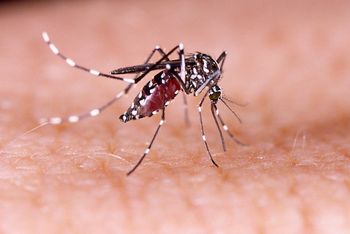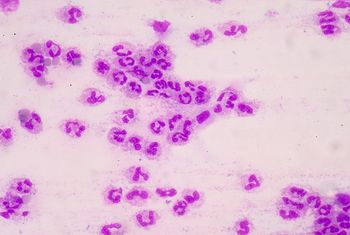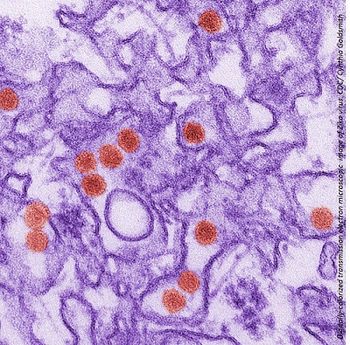
Chembio Diagnostics, Inc.’s DPP Zika System, was recently awarded a conditional Long-Term Arrangement (LTA) for purchasing from the United Nations Children's Fund (UNICEF), once the company satisfies certain conditions.

Chembio Diagnostics, Inc.’s DPP Zika System, was recently awarded a conditional Long-Term Arrangement (LTA) for purchasing from the United Nations Children's Fund (UNICEF), once the company satisfies certain conditions.

A new study finds that many patients who are hospitalized for candiduria are not treated in compliance with IDSA guidelines.

Researchers have found that the 4-component vaccine MenB-4C (Bexsero) is effective against up to 91% of strains of the bacteria Neisseria meningitidis, which causes meningococcal disease.

A group of students from Johns Hopkins win first place at the fifth annual Pfizer Case Competition by providing solution to a problem regarding pneumonia vaccine compliance.

Researchers in South Africa have developed a symptom score card to help diagnose tuberculosis infections in individuals with HIV.

A recent study finds that prolonged infusion of antipseudomonal β-lactams in patients with sepsis was associated with significantly less mortality when compared with short-term infusion.

In case you missed them, we've compiled the top five infectious disease articles from this past week.

The results of a new study show that patients who are co-infected with the hepatitis C virus (HCV) and HIV can experience cure rates similar to individuals infected with HCV alone when both groups receive direct-acting antiviral drugs.

Check out the third portion of our exclusive interview with Maureen Spencer, Accelerate Diagnostics, as we discuss how reducing antibiotics could be key to preventing C. difficile infections.

New research finds that ineffective empiric treatment can lead to deadly consequences in late-onset sepsis patients.

Pharmacists can play an important role in counseling patients to help prevent outbreaks.

Maureen Spencer, Accelerate Diagnostics, sat down with Contagion® to discuss the challenges of disinfecting hospital rooms to prevent C. difficile.

The recent outbreak is linked with a company called Udder Milk.

We’ve compiled a list of key food safety tips that you need to know in order to have a safe, bacteria-free holiday.

With news of a Las Vegas-area child’s flu-related death, a new study finds that kids who receive the flu shot have a much lower risk of being hospitalized for the illness.

Ex-CDC Director Tom Frieden's latest venture keeps him in public health.

Two new studies are providing some additional insight and hope for treating the effects of the Zika virus.

The FDA has just approved the first two-drug regimen for treating certain individuals living with HIV.

Researchers from Columbia University have developed their own “nowcasting” model, which leverages online search trends to gain a picture of current, local influenza outbreaks.

In an exclusive interview with Contagion®, Maureen Spencer, Accelerate Diagnostics, discusses different strategies to prevent and control C. difficile in health care facilities.

A review in Trends in Microbiology provides insight into the role of biofilms in the pathogenesis of polymicrobial infectious diseases.

We cover 10 things you need to know about HIV viral suppression, according to the National Institute of Allergy and Infectious Diseases.

According to a recent dispatch from the Centers for Disease Control and Prevention, a drug-resistant strain of Neisseria gonorrhoeae was found in Canada this year.

In a new study, researchers have learned more about a toxin produced by an E. coli strain to communicate with neighboring bacteria.

Treatment with a protease inhibitor plus raltegravir was found to offer no benefit over a protease inhibitor plus nucleoside reverse-transcriptase inhibitor regimen in patients with HIV.

Stay up-to-date on the latest infectious disease news by checking out our top 5 articles of the week.

World Toilet Day, November 9th, is dedicated to promoting awareness and inspiring action against the global sanitation crisis.

What microbial growth was found after Contagion® writer, Saskia Popescu swabbed & sent her samples?

The results of a new study suggest that naturally-acquired immunity against the Zika virus may already occur in women in endemic regions of the world.

A testing stewardship effort found that using a “hard stop” alert system may help reduce inappropriate C. difficile testing.